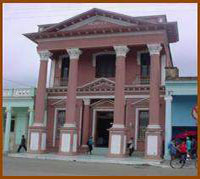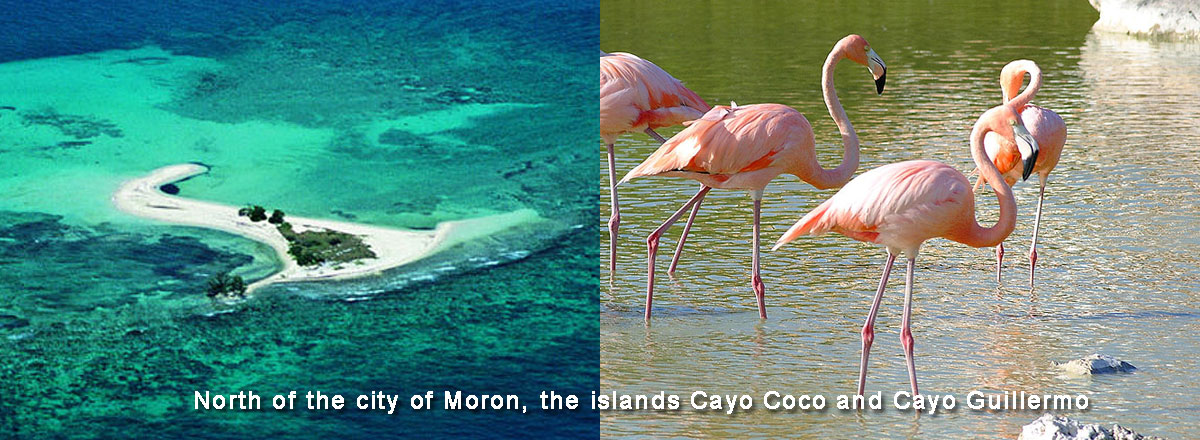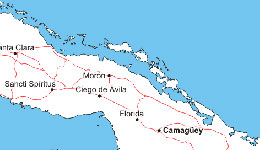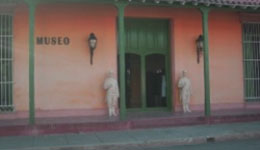Ciego de Avila was founded by 1840, with 263 inhabitants. In 1877, its municipal government was created and the city became independent of the city of Morón. Gained importance when the Spanish army built a fortified military line, known as Trocha de Júcaro a Morón, to impede the pass of insurrectionist forces to the western part of the island during the 1st War of Independence (1868–1878). This "trocha", which made this region famous, was not able to stop the pass of General Máximo Gómez and several hundred men.
Ciego de Avila, known as the city of portals and capital of the Cuban locution, is a modern city, although in the historical center we can find many features of colonial architecture typical of this type of cities. In their traditional constructions they leave by their portals corridos, neoclassic columns and Creole tiles.
In the center of the city, the José Martí Park is located, it was built in 1877 as Alfonso XII Square, with a roundabout in the center where the municipal symphony orchestra played on Sundays and in the 20th century it was renamed Parque José Martí. In 1925 a bust of the famous Cuban patriot was placed in the place. Today that sphinx marks the center of the park and receives the numerous offerings of those who pay homage to the National Hero of Cuba.
Things to do
Attractions of Ciego de Avila
- ✓ Parque Martí
- ✓ Teatro Principal
- ✓ University of Ciego de Ávila
- ✓ La Turbina
- ✓ Cayo Guillermo
- ✓ Museo Provincial Simon Reyes
- ✓ Zoologico de ciego de avila
Cathedral Ciego de Avila
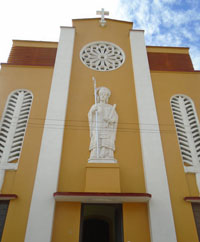
Attractions of Moron
- ✓ Turiguanó heights
- ✓ La Leche lake
- ✓ La Redonda Lake
- ✓ Cayo Coco
- ✓ Railway terminal Moron
Moron Municipal Museum.
It is displayed el Idolillo de Barro junto a más de 1 600 piezas arqueológicas aborígenes, que fueron encontrados en 1947 a pocos kilómetros…
